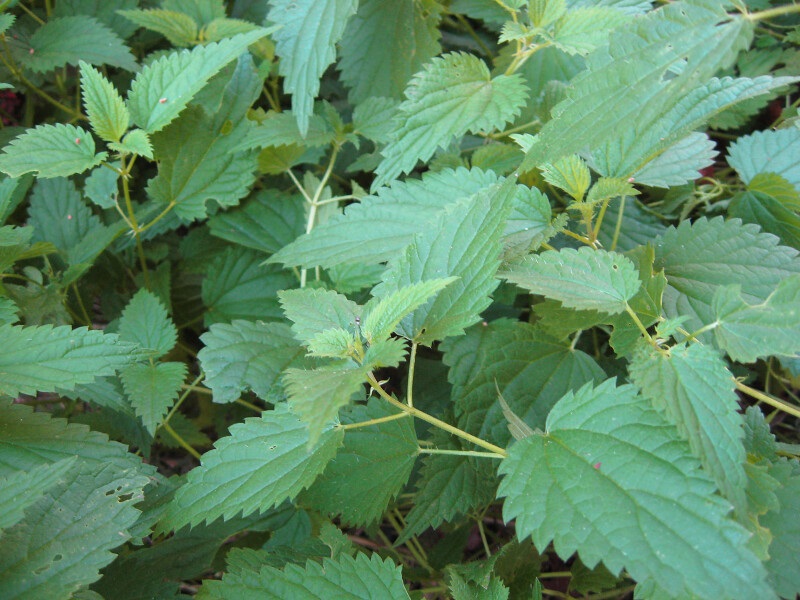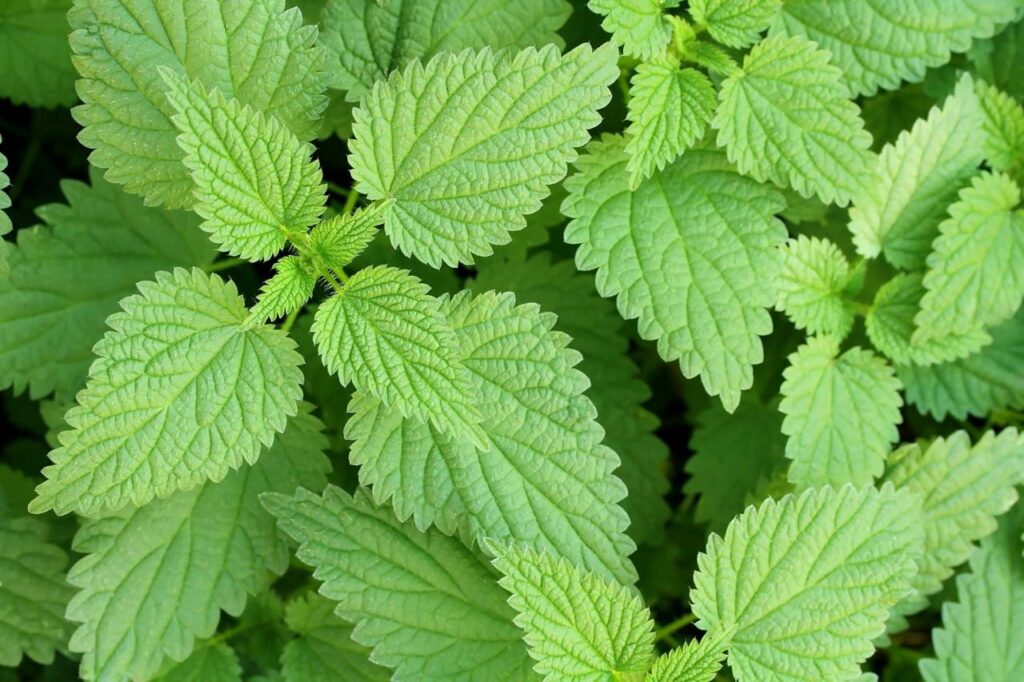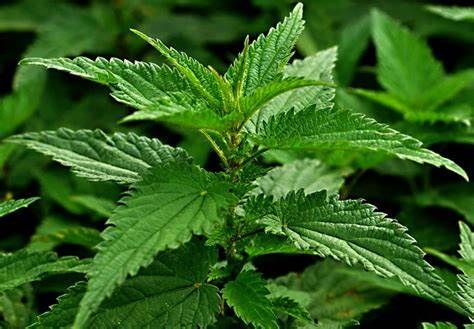Stinging nettle (Urtica dioica) is a perennial plant that can be found throughout the world. It is a wild edible and medicinal plant that has been used for thousands of years by people. It’s unique stinging hairs make it both an important survival food and a therapeutic herb.
Nettle grows in many regions including Europe, Asia, North America, and Australia. You can find it thriving in moist, nitrogen-rich soil and can be found in meadows, forests, and along riverbanks. It is also a common weed in many gardens.
Identification
The leaves of the stinging nettle are ovate or heart-shaped and grow opposite each other on the stem. They are serrated and have a light green color. The stem is usually green and has stinging hairs. The plant also produces small green flowers that grow in clusters.
Preparation
During preparation It is important to wear gloves when harvesting stinging nettle as the hairs can irritate skin. Once the gloves are on, the leaves and stems can be cut and used fresh or dried for later use. Boiling or steaming the plant for a few minutes will neutralize the stinging hairs.
Historical Uses
Throughout history, this plant has been used for a variety of purposes, including as a food source, medicine, and fiber. In Europe, it was used as a vegetable, while Native Americans used it to treat various ailments such as joint pain, hay fever, and eczema.
There are several plants that resemble it, but they lack the unique stinging hairs. These include dead nettle, wood nettle, and hedge nettle. It’s important to be able to accurately identify stinging nettle to avoid confusion with these look-alikes.
Stinging nettle is a versatile and beneficial plant that has a rich history of use. It can be used as a food source, medicine, and fiber, and its unique stinging hairs make it a valuable survival food. When properly prepared, stinging nettle is safe and beneficial for human consumption. It is important when foraging to accurately identify stinging nettle to avoid confusion with look-alikes.



